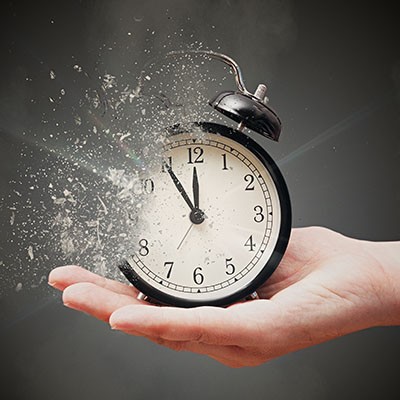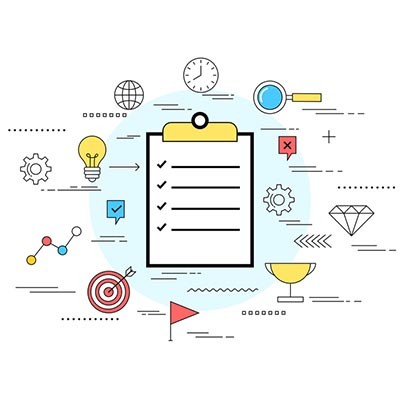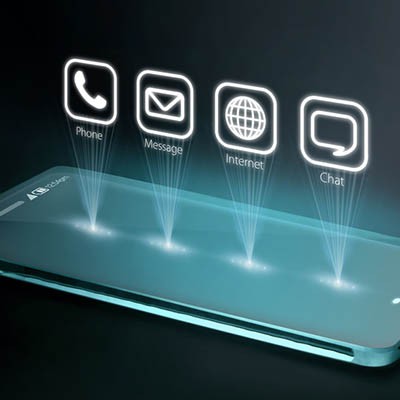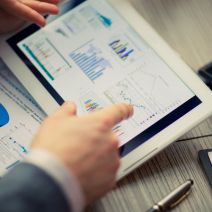By the time you read this, Microsoft is shortly going to retire both Windows 7 and Windows Server 2008 operating systems - assuming that you are reading this before January 14. If you still are utilizing these software in your business at this point, you need to upgrade, or else deal with the security consequences of dealing with unsupported software. Here, we’ll review your options.
Argentum IT LLC Blog
The End of Support for a Windows operating system sends ripples across all industries, as it signals an end of an era. Is your organization one of the many that still cling to Windows 7? If so, you need to take measures now to prepare for its End of Support date. If you fail to do so, you’ll be putting your organization at unnecessary risk.
Two of Microsoft’s most popular relational database management systems, SQL Server 2008 and SQL Server 2008 R2 will be losing support on July 9, 2019. If your business continues to use one of these titles for its database management, you are running out of time before you need to upgrade. Today, we’ll take a brief look at what the software is used for and what options are open to you going forward.
It’s not something that we as business owners like to think about, but the fact of the matter is that no technology you implement will last until the day you close up shop for business. To mitigate the costs of your technology failing, you need to take measures now, including proactive monitoring for the various signs of failure. Be on the lookout for the following.
Your servers are some of the most important resources your business has, and they should last for many years. After a few years, however, they may begin to struggle to handle the workloads they once did; and, they often fail leaving a whole business in a lurch. To avoid this scenario, knowing the signs of a failing server can come in extraordinarily handy. Today we will go through three ways to ascertain if your server needs to replaced.
A technology roadmap is a key asset to use when planning your business for the near future. IT is volatile and demands that you always think ahead, so if you want to make sure technology doesn’t become a major pain point for your organization, it’s best to start thinking ahead. We’re here to help you get started thinking about how your business technology should change and adapt over the course of 2019.
Chances are if you are in business today, there are a lot of devices on your network that you haven’t touched in years, might not be using, or don’t even need. Unfortunately, there are times when the technology you have doesn’t really do much other than take up space. If you feel like you are spending too much on your technology, you may not be wrong. By finding the IT that helps your business do business better, and scrapping plans for implementing technology that doesn’t provide sustainable returns may be a good strategy.
Chrome 70 is yet another example of how divisive technology has the potential to be. On the one hand, a few of the changes have people excited about some clear benefits to security, but others worry that Chrome will no longer be as secure or as user-friendly. We’ll review some of the changes coming with Chrome 70, so you can decide for yourself.
If your computer is running Windows 7 as its operating system, it’s time to start thinking about the future. Microsoft has officially unveiled the End-of-Life date for Windows 7, meaning that they will eventually stop supporting computers running the much-loved operating system. What does this mean for your business? Let’s find out.
The difference in today’s mobile devices and those that came years before used to be staggering, but in recent years, the differences in power and functionality have started to wane. Manufacturers have begun to roll out devices with only minor changes in power, but with exorbitant increases in cost. For the first time, in 4Q of 2017, the smartphone saw stagnation, and we’ll try to get to the root of it.
Windows 10 has been gaining traction in the workplace, but to see a different side of the value that Microsoft’s latest operating system provides, let’s look to the exact opposite of the workplace: recreation. Specifically, Windows 10 has gained in popularity amongst PC gamers, reaching almost half of the total user base of Steam, the PC gamer’s cloud-based preferred gaming solution.
 Windows 10, the latest operating system in Microsoft’s repertoire, has several business-friendly features that can potentially improve your organization’s workflow. However, many users are reporting that Windows 10 is installing on their devices automatically without their consent. If this is true, and your organization’s software is upgraded without your consent, you could be facing a big issue.
Windows 10, the latest operating system in Microsoft’s repertoire, has several business-friendly features that can potentially improve your organization’s workflow. However, many users are reporting that Windows 10 is installing on their devices automatically without their consent. If this is true, and your organization’s software is upgraded without your consent, you could be facing a big issue.
 Your business needs technology to function properly, but it can be unpredictable and challenging to manage. The slightest discrepancy, like an unexpected hardware failure or software hiccup, can throw off your business’s IT budget and potentially cause disastrous downtime. This doesn’t mean that upgrading your hardware and software has to be hard, though.
Your business needs technology to function properly, but it can be unpredictable and challenging to manage. The slightest discrepancy, like an unexpected hardware failure or software hiccup, can throw off your business’s IT budget and potentially cause disastrous downtime. This doesn’t mean that upgrading your hardware and software has to be hard, though.
 If there’s one thing that our extremely technical society has evolved into, it’s one where technology is always striving to improve itself. This is especially important for businesses that are looking to maximize the return on investment they get from their hardware and software. Do you know where your organization concentrates its resources for tech upgrades?
If there’s one thing that our extremely technical society has evolved into, it’s one where technology is always striving to improve itself. This is especially important for businesses that are looking to maximize the return on investment they get from their hardware and software. Do you know where your organization concentrates its resources for tech upgrades?
 When was the last time you provided your business with improved technology that offers a great return on investment? If your business is using software and hardware that hasn’t been updated in several years, the same technology that’s necessary for your operations could be holding you back from achieving optimal efficiency.
When was the last time you provided your business with improved technology that offers a great return on investment? If your business is using software and hardware that hasn’t been updated in several years, the same technology that’s necessary for your operations could be holding you back from achieving optimal efficiency.
 As a business owner, your mind is always on your technology and whether or not you should upgrade it. But, how much of your old technology is still lying around the workplace? You might have rooms completely filled with old IT equipment. If this sounds like your office, don’t just throw away your tech; recycle it instead.
As a business owner, your mind is always on your technology and whether or not you should upgrade it. But, how much of your old technology is still lying around the workplace? You might have rooms completely filled with old IT equipment. If this sounds like your office, don’t just throw away your tech; recycle it instead.













